Introduction to Kefir Sheet Cake Recipe Card
The kefir sheet cake recipe card showcases a dessert that combines delicious flavor with significant health benefits. This cake is renowned for its soft, moist texture and the tangy touch provided by kefir, a fermented milk product rich in probiotics. Not only does it delight the palate, but it also supports gut health, making it a standout option in the world of desserts.
One of the most appealing aspects of the kefir sheet cake is its versatility. Whether you’re planning a celebration, hosting a casual family gathering, or simply indulging yourself, this cake is an excellent choice. As you explore the ingredients and baking process, you’ll find that it’s not only easy to make but also a guaranteed crowd-pleaser.
Ingredients for Kefir Sheet Cake
Creating a delightful kefir sheet cake begins with gathering the right ingredients. The kefir sheet cake recipe card typically includes the following items:
- 2 cups of all-purpose flour: This forms the base of your cake.
- 1 cup of sugar: For sweetness.
- 1 cup of kefir: The star ingredient that adds moisture.
- 1/2 cup of unsalted butter: For richness.
- 3 large eggs: To bind the ingredients.
- 2 teaspoons of baking powder: This helps the cake rise.
- 1 teaspoon of vanilla extract: Adds a lovely aroma.
Additionally, you might want to include 1/2 teaspoon of salt to enhance the flavors. You can also customize your kefir sheet cake recipe card by adding various mix-ins like fresh fruits, nuts, or chocolate chips. Each ingredient plays a crucial role in achieving the perfect balance of flavor and texture. Make sure to measure them accurately for the best results.
For a more detailed guide to enhancing your kefir sheet cake, explore additional techniques at this resource.
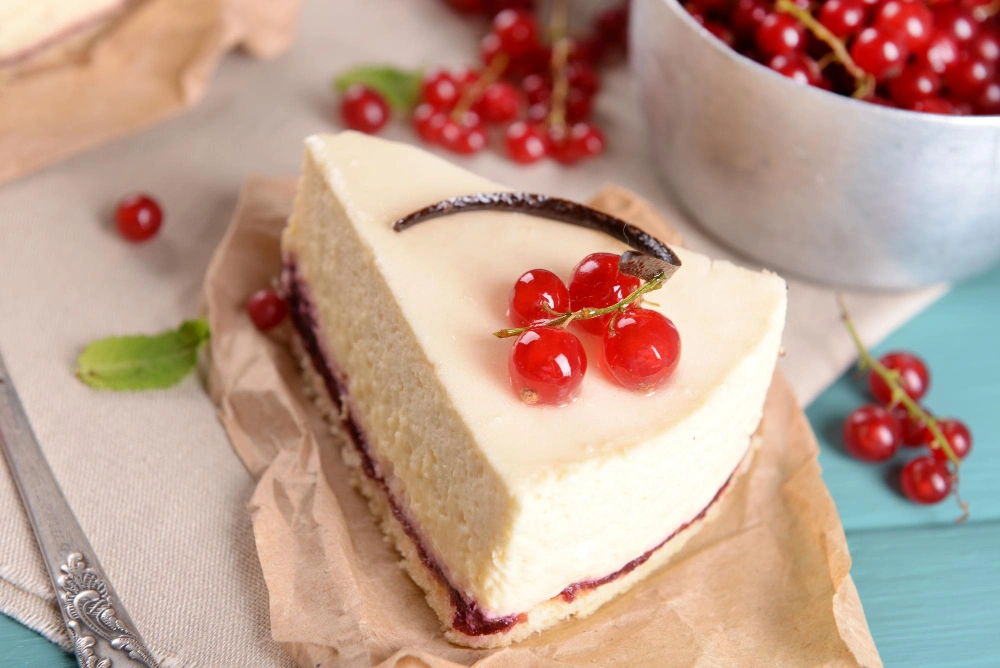
Step-by-Step Instructions
Following the kefir sheet cake recipe card is straightforward. Here’s how to make your cake step by step:
- Preheat your oven to 350°F (175°C). This step is crucial, as a preheated oven ensures even baking.
- Grease a sheet cake pan with butter or non-stick spray. This prevents sticking and helps in easy removal.
- In a large bowl, combine the flour, sugar, baking powder, and salt. Whisk these dry ingredients together to ensure they are evenly mixed.
- In another bowl, cream the butter and sugar until light and fluffy. Then, add the eggs one at a time, mixing well after each addition.
- Gradually add the kefir and vanilla extract to the wet mixture. Stir until well combined.
- Slowly incorporate the dry ingredients into the wet mixture, mixing just until combined. Be careful not to overmix.
- Pour the batter into the prepared pan and smooth the top with a spatula.
- Bake for 25-30 minutes or until a toothpick inserted into the center comes out clean.
- Allow the cake to cool in the pan for about 10 minutes before transferring it to a wire rack to cool completely.
By following these steps, you’ll create a deliciously moist cake that showcases the unique flavor of kefir. The kefir sheet cake recipe card ensures you have all the necessary instructions to achieve success in your baking endeavor.
Following these steps ensures a cake that’s both light and flavorful. For tips on perfecting the texture, you can refer to the complete baking guide.
The Science Behind Kefir in Baking
Understanding the science behind kefir’s role in baking is essential for any baker. The kefir sheet cake recipe card emphasizes the importance of this fermented product. Kefir contains live bacteria and yeast, which can produce carbon dioxide when combined with baking soda or baking powder. This reaction helps the cake rise, creating a light and fluffy texture.
Moreover, the acidity of kefir can enhance the flavor of baked goods, giving them a subtle tang that balances sweetness. It also contributes to moisture, which is why cakes made with kefir tend to remain fresh for longer periods. Additionally, the probiotics present in kefir can improve digestibility, making this dessert not only delicious but also beneficial for gut health.
Incorporating kefir into your baking routine can lead to better results, as it interacts with other ingredients. Hence, the kefir sheet cake recipe card is not just a collection of ingredients and steps; it’s a guide to understanding how each component works together to create the perfect dessert.
Serving Suggestions for Kefir Sheet Cake
When it comes to serving your delicious kefir sheet cake, the options are plentiful. The kefir sheet cake recipe card can inspire various serving ideas that enhance the cake’s appeal. Here are some suggestions:
- Dust with powdered sugar: A simple dusting adds a touch of elegance without overpowering the cake’s flavor.
- Top with fresh fruit: Consider using berries, sliced peaches, or citrus fruit for a refreshing contrast.
- Serve with whipped cream: A dollop of whipped cream provides a creamy texture that complements the cake beautifully.
- Drizzle with chocolate or caramel sauce: This adds richness and makes the cake even more indulgent.
- Pair with a scoop of ice cream: A scoop of vanilla or fruit-flavored ice cream adds a delightful cold contrast.
Each of these serving suggestions can elevate the experience of your kefir sheet cake recipe card. You can mix and match these ideas based on your preferences and the occasion, ensuring that your cake is not only delicious but also visually appealing.
Whether served simply or elaborately, these ideas will make your kefir sheet cake the centerpiece of any dessert table.
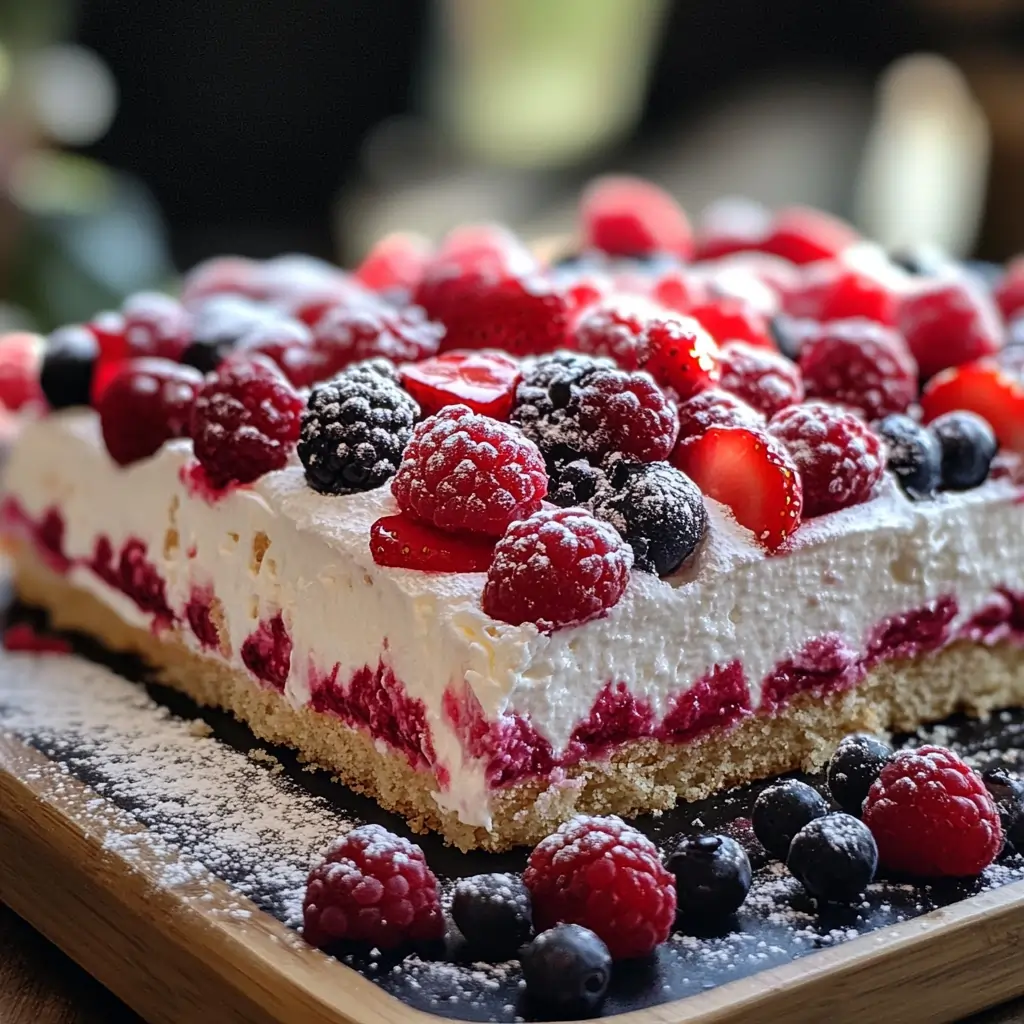
Common Mistakes to Avoid
Baking can be tricky, and there are several common mistakes that can affect the outcome of your kefir sheet cake. The kefir sheet cake recipe card is designed to help you avoid these pitfalls. Here are some mistakes to keep in mind:
- Not measuring ingredients accurately: Baking is a science, and even slight variations can alter the texture and flavor.
- Overmixing the batter: This can lead to a dense cake. Mix just until the ingredients are combined.
- Skipping the preheating step: If the oven is not preheated, the cake may not rise properly.
- Using expired baking powder: Ensure your leavening agents are fresh for the best results.
- Not allowing the cake to cool: A warm cake can crumble when you try to slice it. Let it cool completely before serving.
By paying attention to these details in the kefir sheet cake recipe card, you can avoid common baking errors. This attention to detail ensures a successful baking experience and a delicious final product.
Comparing Kefir Sheet Cake to Other Desserts
When considering dessert options, the kefir sheet cake recipe card can provide a unique alternative to traditional cakes. Unlike standard cakes that may use heavy creams or oils, kefir sheet cake offers a lighter option thanks to its use of kefir. This ingredient not only adds moisture but also provides a tangy flavor that sets it apart.In comparison to other desserts like brownies or cookies, kefir sheet cake is easier to prepare for larger gatherings. Its sheet cake format allows for easy slicing and serving, making it ideal for parties or potlucks. Furthermore, while many desserts rely on processed sugars or fats, kefir introduces a probiotic element that enhances its health profile.Ultimately, if you are looking for a dessert that is both delightful and beneficial, the kefir sheet cake recipe card stands out among the competition. Its unique flavor and texture make it a worthy addition to any dessert table.
The History of Kefir in Cuisine
Kefir has a rich history that dates back centuries, particularly in Eastern Europe and the Caucasus region. The kefir sheet cake recipe card draws on this historical context, highlighting how kefir has been utilized in various culinary traditions. Originally, kefir was made using specific grains that ferment milk, creating a tangy, effervescent drink.As kefir gained popularity, it found its way into a variety of recipes, including baked goods. The health benefits associated with kefir have also contributed to its resurgence in modern cuisine. Today, many people are turning to kefir for its probiotic properties and versatility in cooking and baking.
This historical significance enriches the experience of making a kefir sheet cake. By using a kefir sheet cake recipe card, you are not only preparing a delicious dessert but also connecting with a tradition that celebrates the art of fermentation and its effects on food.
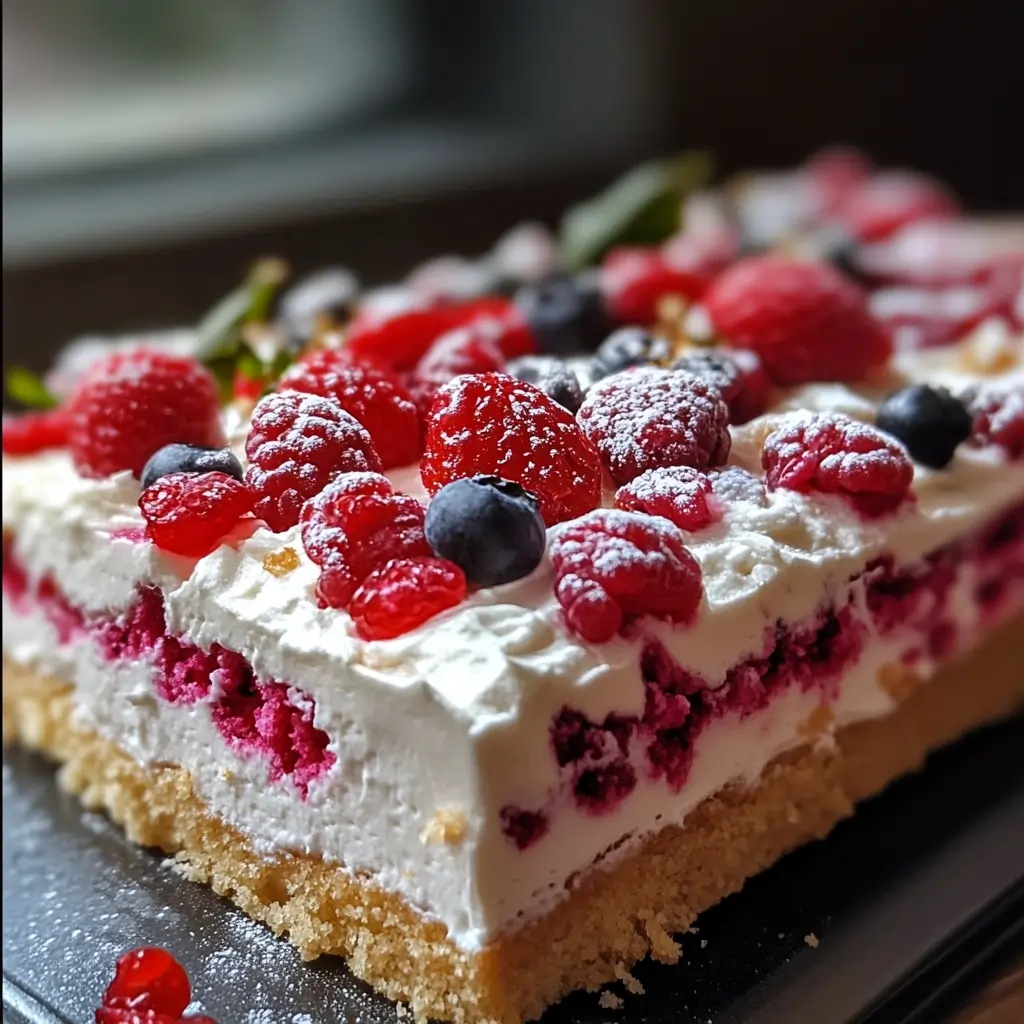
FAQ’s
Can you bake with kefir instead of milk?
Yes, you can definitely bake with kefir instead of milk. Kefir contains acids and beneficial bacteria, similar to yogurt and buttermilk, which can enhance the flavor and texture of baked goods. When used in recipes, kefir adds a delightful tanginess and moisture, making it an excellent substitute for milk in various baking applications.
Additionally, it can improve the nutritional profile of your baked items, providing essential vitamins and minerals.
How to bake a half-sheet cake?
Baking a half-sheet cake is a straightforward process. First, preheat your oven to 350°F (175°C). Next, prepare a half-sheet pan by greasing it or lining it with parchment paper. Then, mix your cake batter according to your chosen recipe. Pour the batter into the prepared pan, spreading it evenly.
Bake for approximately 25-30 minutes or until a toothpick inserted in the center comes out clean. Once baked, allow the cake to cool in the pan for about 10 minutes before transferring it to a wire rack to cool completely. This method ensures a delicious and evenly baked half-sheet cake.
How many cake mixes do I need for a half sheet pan?
For a half-sheet pan, you typically need about 1.5 to 2 cake mixes. A standard cake mix usually yields enough batter for a 9×13-inch pan, which is slightly smaller than a half-sheet pan. Therefore, using one and a half to two mixes will provide sufficient batter to fill the pan adequately, ensuring a nice rise and even baking.
What not to do with kefir?
When using kefir, there are a few things to avoid to ensure the best results. First, do not use expired kefir, as it can negatively affect the flavor and texture of your baked goods. Additionally, avoid overheating kefir, as excessive heat can kill the beneficial bacteria and enzymes that provide its health benefits. Lastly, do not substitute kefir for all liquids in a recipe without adjusting other ingredients, as its acidity can alter the chemical reactions in baking.
What does kefir do in baking?
Kefir serves multiple purposes in baking. It acts as a natural leavening agent due to its acidity, which reacts with baking soda or baking powder to produce carbon dioxide, resulting in a lighter and fluffier texture.
Furthermore, kefir adds moisture and a unique tangy flavor to baked goods, enhancing their overall taste. Additionally, the nutritional benefits of kefir, including probiotics, vitamins, and minerals, can significantly boost the health profile of your baked treats.
Does heat destroy kefir?
Heat can indeed affect kefir, particularly its beneficial bacteria and enzymes. While baking with kefir will not completely destroy its nutritional benefits, excessive heat can reduce the number of live probiotics present. However, the flavor and moisture that kefir contributes to baked goods remain intact, making it a valuable ingredient in many recipes. Therefore, while some health benefits may diminish, the overall quality of your baked items will still benefit from using kefir.
Conclusion
In conclusion, the kefir sheet cake recipe card presents a wonderful opportunity to create a unique and delicious dessert that is both flavorful and nutritious. By understanding the ingredients, following the step-by-step instructions, and being aware of common pitfalls, you can ensure that your baking experience is enjoyable and successful.
Kefir’s role in baking not only enhances flavor and texture but also provides a healthful twist that many traditional desserts lack. Whether you’re serving it at a gathering or enjoying it with your family, this cake is sure to impress. So, gather your ingredients, follow the kefir sheet cake recipe card, and indulge in a delightful treat that combines taste with wellness.
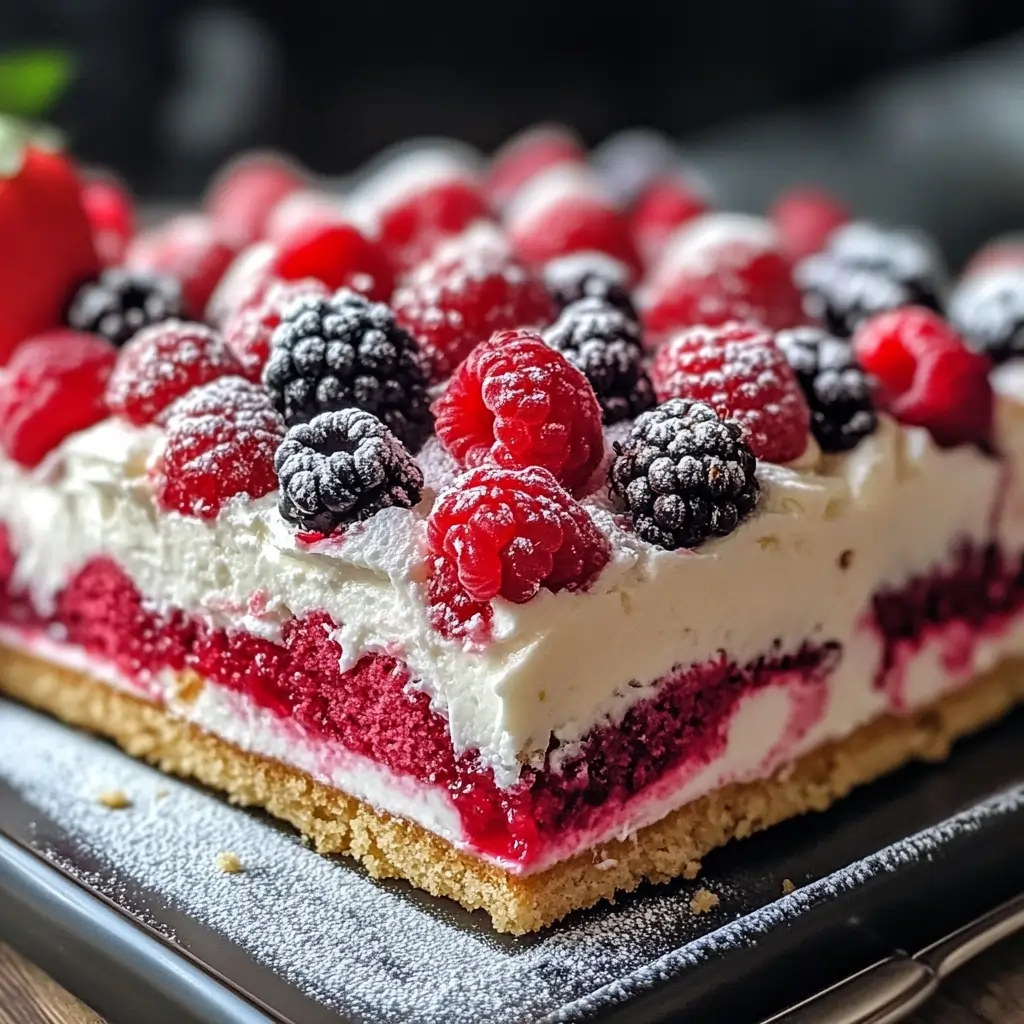

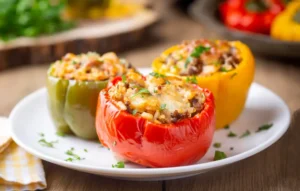

1 thought on “Easy Kefir Sheet Cake Recipe card for Delicious Baking”